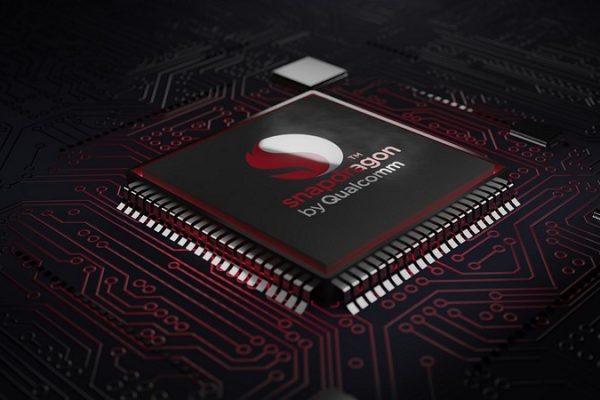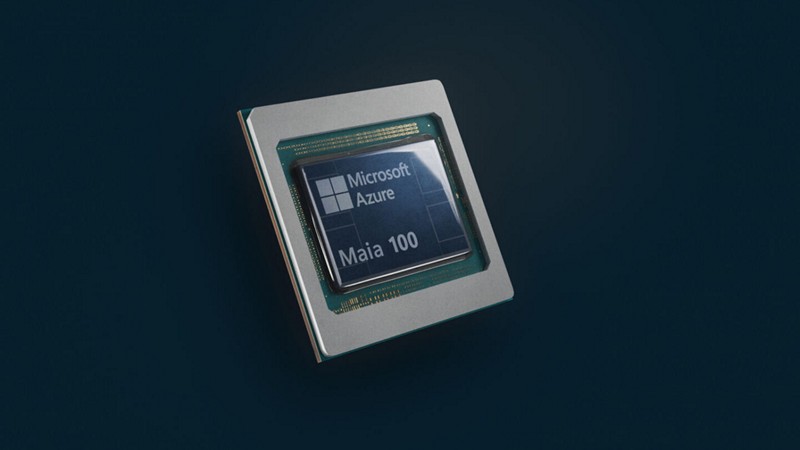
In a groundbreaking announcement at the Microsoft Ignite conference, the tech giant revealed two custom chips, the Microsoft Azure Maia 100 AI Accelerator, and the Microsoft Azure Cobalt 100 CPU. This move puts Microsoft in line with other tech giants, including Amazon, OpenAI, IBM, and AMD, who are actively exploring or developing their own AI accelerator chips amid global chip shortages. How does Microsoft’s Maia 100 AI Accelerator cater specifically to large language models like GPT 3.5 Turbo and GPT-4, in what ways does the introduction of custom chips align with Microsoft’s overarching strategy to be the “Copilot company,” and while Microsoft emphasizes the significance of its custom chips for internal use, how does the company plan to navigate its reliance on third-party chips?
Top Stories This Week
- Microsoft’s New AI Silicon Will Power Its Chatty Assistants
- Chinese Firms Secure US Equipment For Manufacturing Advanced Chips Despite Export Curbs
- Russian Underground Chip Smuggling Ring Uncovered
- China Memory Maker YMTC Sues Micron Over Patent Infringement
- Qualcomm Cancels Its Iridium Satellite Chip Deal
- AI Outperforms Conventional Weather Forecasting For The First Time
- Introducing Titan, Amazon’s New Mobile Robot That Can Lift Up To 2,500 Pounds
- Avicena Will Showcase The World’s Smallest 1Tbps Optical Transceiver
- Artificial Sensor Similar To A Human Fingerprint That Can Recognize Fine Fabric Textures
- Solid-State Thermal Transistors Control Heat Flow Using An Electric Field
- Using Nuclear Decay As Random Number Generator Source For An MCU
Hardware Business News
Chinese Firms Secure US Equipment For Manufacturing Advanced Chips Despite Export Curbs

The bipartisan select committee on China from the US House of Representatives unveiled a comprehensive 741-page annual report on Tuesday, exposing the aggressive tactics employed by Chinese companies to acquire US chipmaking equipment for advanced semiconductor production. Despite recent US export restrictions, the report underscores a troubling loophole that allows Chinese firms to procure such equipment. How does the reported loophole in the Commerce Department’s 14-nanometer limit hinder authorities from effectively confirming the intended use of chipmaking equipment exported to China, what role have allied nations such as Japan and the Netherlands played in restricting the export of chipmaking equipment to China, and how has China navigated these limitations to significantly increase its imports of semiconductor equipment, particularly from the Netherlands?
Russian Underground Chip Smuggling Ring Uncovered
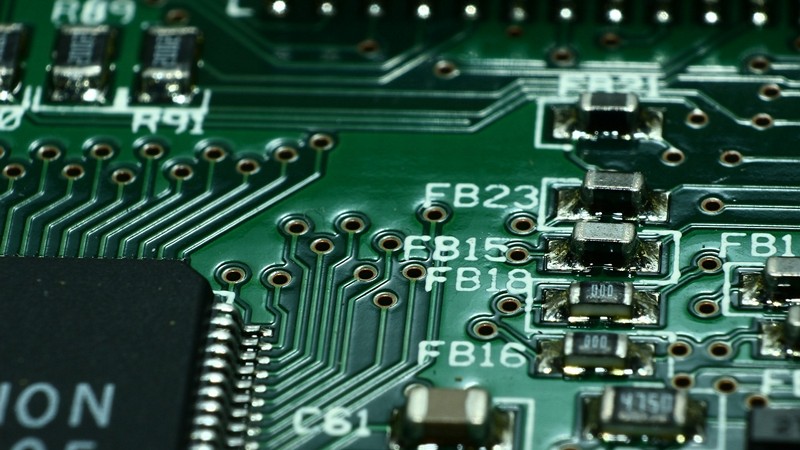
A recently unsealed indictment reveals that a suspected Russian smuggling ring is facing charges for allegedly orchestrating the illicit shipment of prohibited electronics, totalling around $10 million, from the United States to be used in the production of guided missiles and tanks for the ongoing war in Ukraine. The federal prosecutors in Brooklyn assert that two men and one woman, operating through front companies in Brooklyn, New York, were involved in a “global procurement scheme” on behalf of sanctioned Russian entities, including those affiliated with the Russian military. How did the accused individuals exploit U.S. companies, namely SH Brothers Inc and SN Electronics Inc, to send restricted electronics to sanctioned Russian entities, what measures were taken to conceal their activities, and what critical role did the shipped electronics play in the production of advanced Russian precision-guided weapons systems?
China Memory Maker YMTC Sues Micron Over Patent Infringement
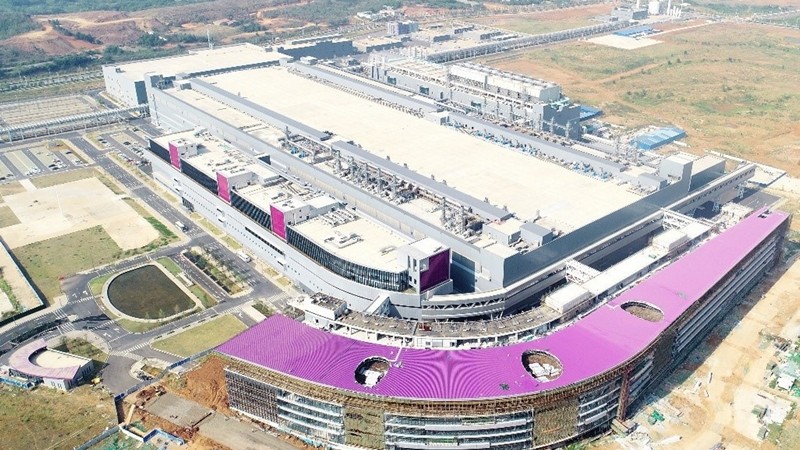
Amidst intensifying tech tensions between the United States and China, Yangtze Memory Technologies Co (YMTC), China’s leading NAND flash memory maker, has initiated legal action against Micron, the last-standing memory maker in the U.S. The civil lawsuit, filed in the U.S. District Court for the Northern District of California, alleges that Micron and its subsidiary, Micron Consumer Products Group, infringed on eight of YMTC’s patents related to the design, manufacture, and operation of 3D NAND technology. How does YMTC’s lawsuit against Micron reflect the broader tech tensions between the U.S. and China, in what ways have US sanctions impacted the market share of both YMTC and Micron in the global NAND flash memory market, and how is this legal dispute likely to influence their standing in the industry?
Qualcomm Cancels Its Iridium Satellite Chip Deal
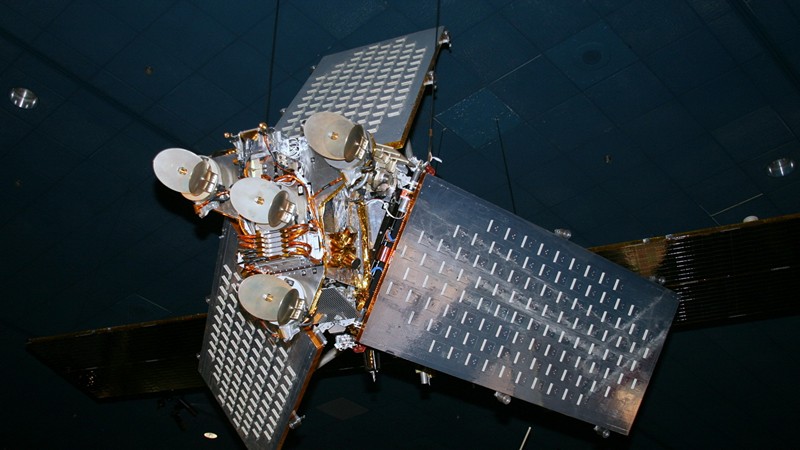
In a significant development, Qualcomm has terminated its collaboration with satellite operator Iridium for a proprietary messaging service on Snapdragon smartphones. The partnership aimed to integrate satellite messaging and emergency services into smartphones powered by Qualcomm’s Snapdragon Mobile Platforms, leveraging Iridium’s satellite network. Despite successfully developing and demonstrating the technology, the initiative failed to gain traction among smartphone manufacturers. What challenges did Qualcomm and Iridium face in garnering interest from smartphone manufacturers for their proprietary satellite messaging service, what strategies does Iridium plan to employ in re-engaging with smartphone OEMs, and how does the industry expert, Peter Kibutu, view the use of proprietary satellite technology in the context of non-terrestrial networks (NTNs)?
Hardware Engineering News
AI Outperforms Conventional Weather Forecasting For The First Time

In a ground-breaking development, Google DeepMind’s AI meteorology model, GraphCast, showcased remarkable superiority over traditional weather forecasting methods, as revealed in a study published by the peer-reviewed journal Science. The study details how GraphCast, utilizing a “graph neural network” machine-learning architecture, outperformed the European Centre for Medium-range Weather Forecasts’ (ECMWF) system in 90 percent of 1,380 metrics, including temperature, pressure, wind speed, and humidity. In what specific ways did GraphCast outperform the ECMWF’s conventional weather forecasting system, how does its use of a “graph neural network” contribute to its efficiency and accuracy in predicting global weather conditions up to 10 days in advance, and how does GraphCast’s efficiency, estimated to be about 1,000 times cheaper in terms of energy consumption compared to traditional methods, impact the field of meteorology?
Introducing Titan, Amazon’s New Mobile Robot That Can Lift Up To 2,500 Pounds
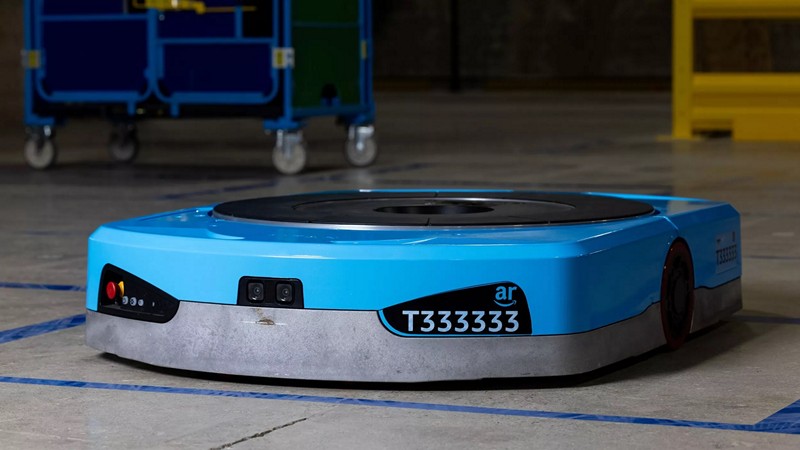
Amazon has introduced a new addition to its arsenal of robotic innovations, Titan, a mobile robot designed to tackle extra-heavy lifting tasks within its fulfilment centres. Boasting the capability to lift up to 2,500 pounds, Titan marks a significant leap in Amazon’s robotics journey, building on over a decade of advancements. How does Titan’s lifting capacity of 2,500 pounds position it as a game-changer in Amazon’s fulfilment centres, what specific heavy-lifting tasks and products is Titan expected to handle, contributing to workplace safety and efficiency, and with the deployment of over 750,000 robots globally, how has the integration of robotics systems across Amazon’s fulfilment centres impacted workplace safety and employee tasks?
Avicena Will Showcase The World’s Smallest 1Tbps Optical Transceiver

Avicena, based in Sunnyvale, CA, is making waves in the tech world by showcasing the world’s smallest 1Tbps optical transceiver as part of its LightBundle™ multi-Tbps chip-to-chip interconnect technology at the SuperComputing Conference (SC23) in Denver, CO. This ground-breaking microLED-based architecture promises unparalleled throughput, shoreline density, and low power, heralding a new era for processors, memory, and sensors. In what ways does Avicena’s microLED-based LightBundle architecture outperform conventional optical interconnects, specifically addressing size, bandwidth density, power, latency, operating temperature, and cost concerns, how does Avicena’s LightBundle technology address the surging demand for higher density low-power interconnects, particularly in the context of AI clusters and the need for faster access to large amounts of memory, and how does the LightBundle interconnect pave the way for the next era of AI innovation?
Hardware R&D News
Artificial Sensor Similar To A Human Fingerprint That Can Recognize Fine Fabric Textures
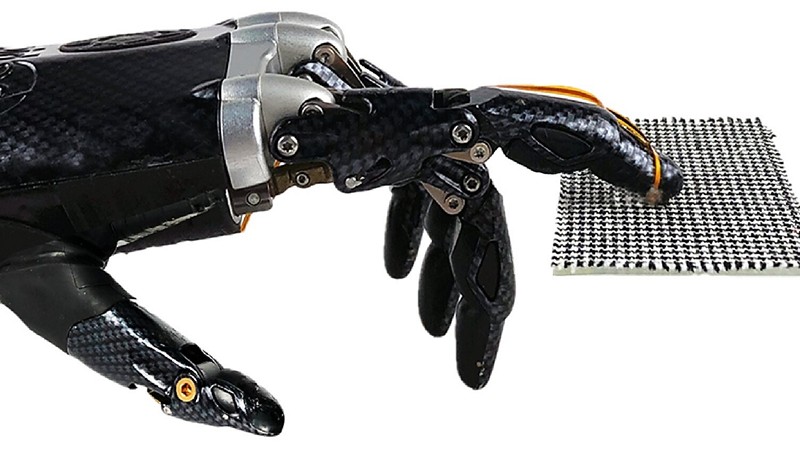
A breakthrough artificial sensory system, capable of recognizing fine textures akin to the human touch, has been unveiled in a Nature Communications paper. Developed by Chuan Fei Guo and colleagues, this innovative system holds promise for enhancing the tactile sensation abilities of robots, advancing human limb prosthetics, and potentially contributing to the evolution of virtual reality experiences. How does the flexible slip sensor mimic human fingerprints to recognize fine textures with high resolution, similar to human touch, in what ways does machine learning enhance the capabilities of the artificial sensory system integrated into a prosthetic hand, and beyond textile recognition, what potential applications does the artificial sensory system have?
Solid-State Thermal Transistors Control Heat Flow Using An Electric Field
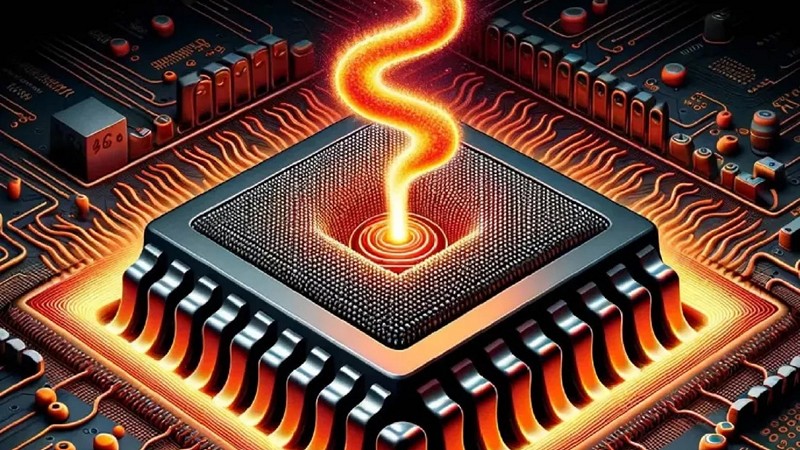
Researchers from the University of California have unveiled a ground-breaking solid-state thermal transistor, presenting a potential game-changer in the ongoing battle to control heat in electronic devices. Unlike traditional methods relying on heatsinks or active approaches with moving parts, this first-of-its-kind thermal transistor utilizes an electric field to control the flow of heat through a thin film of molecules. How does the solid-state thermal transistor differ from traditional approaches like heatsinks and active methods in controlling the flow of heat within electronic devices, what role does the thin film of molecules play in the transistor’s functionality, and how could the integration of multiple transistors on a single package address cooling challenges and target hot spots in innovative designs like 3D-stacked chiplets?
Open-Source Hardware News
Using Nuclear Decay As Random Number Generator Source For An MCU

In a unique and creative approach to building a random number generator (RNG) for microcontrollers, gbonacini explores the world of radiation from nuclear decay events. Utilizing a Geiger counter as the source of randomness, the RNG operates by running a counter until a Geiger event occurs, selecting a number, and then resetting the counter to zero. How does the Geiger counter-based random number generator differ from traditional RNG setups, what advantages does it offer in terms of randomness and uniqueness in number generation, and what potential applications arise for a network-connected random number generator?
